#roger livesey
Text

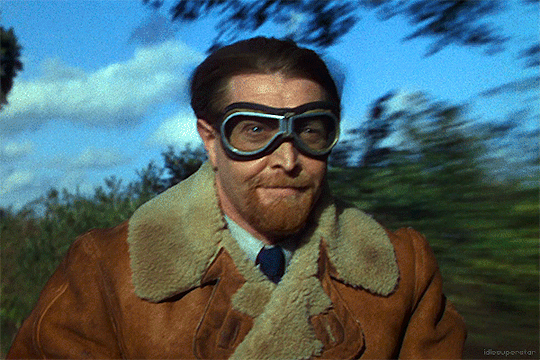
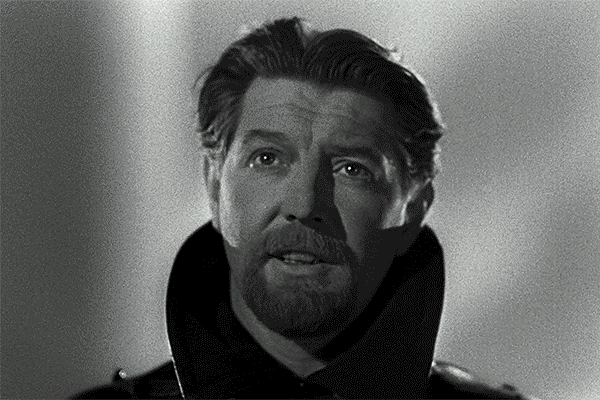
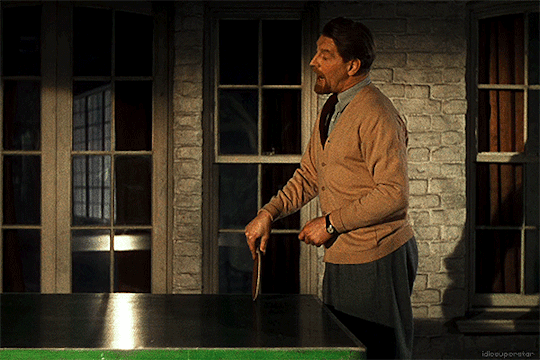
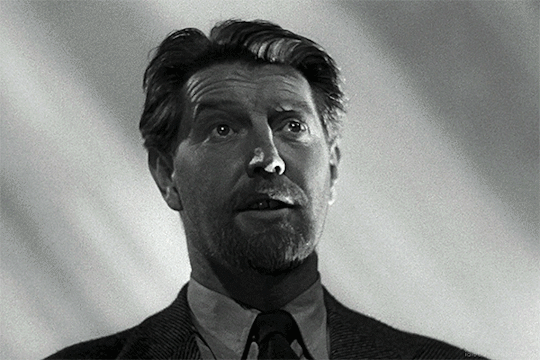
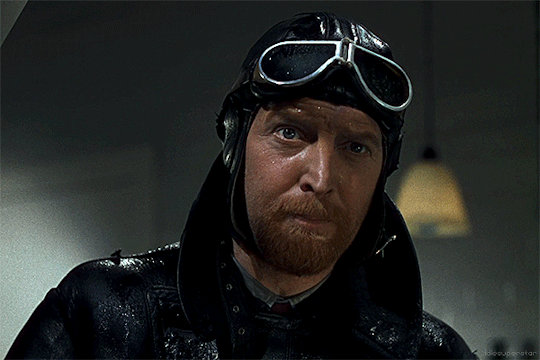
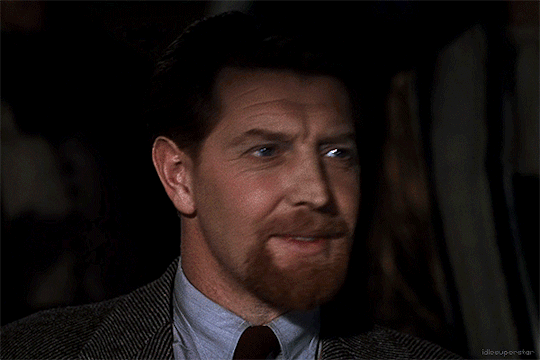
current sexual orientation: tweedy, warm, intelligent, wry, ping-pong playing, whisky-drinking, poetry-quoting, motorbike-racing, gloriously red-headed here-on-earth-I-am-your-defending-counsel Doctor Frank Reeves [Roger Livesey: A Matter of Life And Death, Powell & Pressburger, 1946]
#I say CURRENT but in frank's case it is CONSTANT also ETERNAL#roger livesey#frank reeves#did I go see AMOLAD on the big screen AGAIN last night hell YES I DID#did I do a cry as usual yes I did#it was super cool watching it with pals who have not seen it before and could NOT believe the ambulance crash#so it is ridiculous that I have not made this gifset before#but to be honest#I giffed pretty much ALL this film back in the pre-restoration days#(pre the film being restored not pre charles II)#although sometimes it feels like the 17th century it's so long ago#and wow I am still not used to having NO SIZE LIMIT on gifs I remember the days we got excited when it went to 1mb#I celebrated by making an errol robin hood gif in big#anyway this film is as EVER a joy and always great to be reminded of how amazing it is also how queer it is#and beautiful and special and human and basically one of the greatest pieces of art ever made#my wee gifs
118 notes
·
View notes
Text

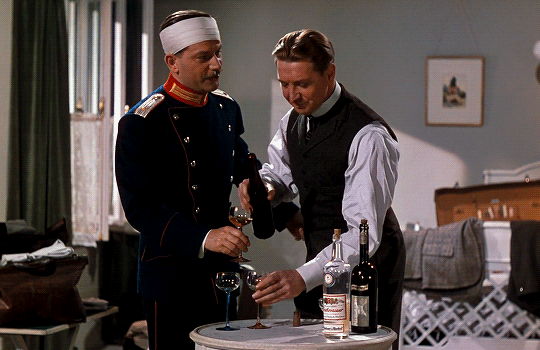


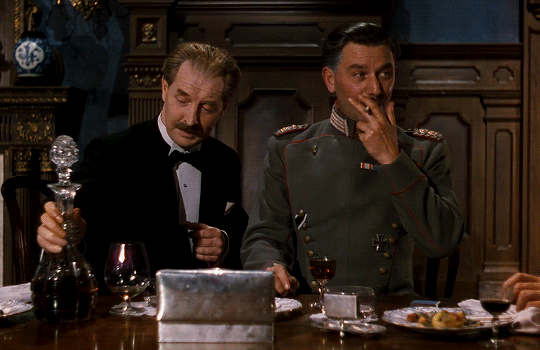


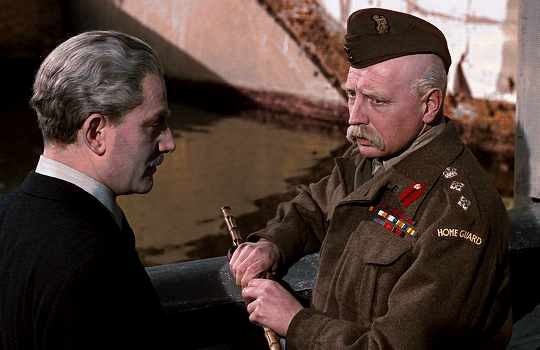
Roger Livesey as Clive Candy & Anton Walbrook as Theo Kretschmar-Schuldorff
The Life and Death of Colonel Blimp (1943) dir. Michael Powell and Emeric Pressburger
52 notes
·
View notes
Photo





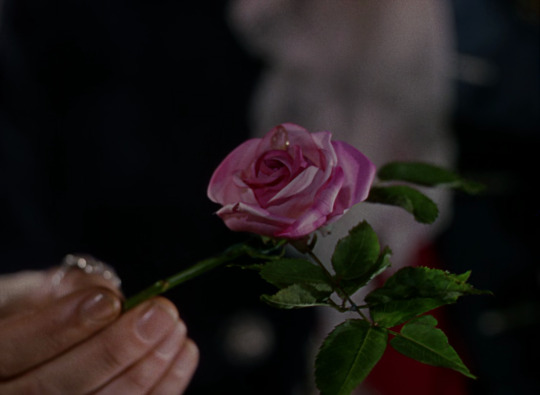


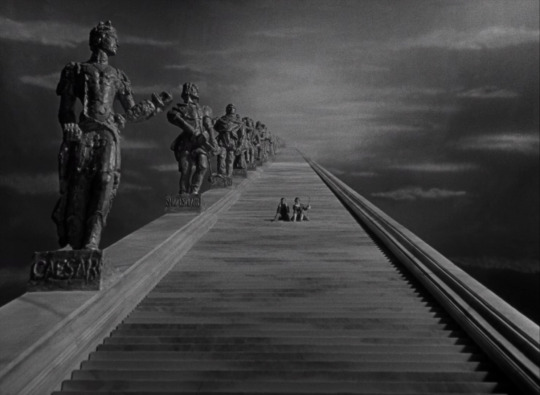
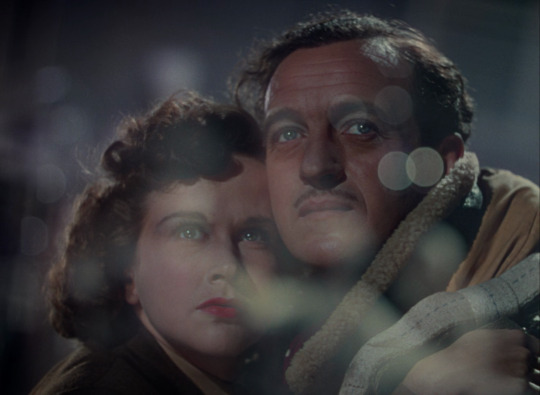
A Matter of Life and Death (Michael Powell & Emeric Pressburger, 1946)
#films watched in 2022#A Matter of Life and Death#Michael Powell#ocho#Emeric Pressburger#David Niven#Kim Hunter#Roger Livesey#Marius Goring#Powell & Pressburger#powell and pressburger#1946#michael powell and emeric pressburger#fantastic#drama#love#death#war#ii world war#hands#flower#flowers#feet#comedy#science fiction#Jack Cardiff#Kathleen Byron
428 notes
·
View notes
Text

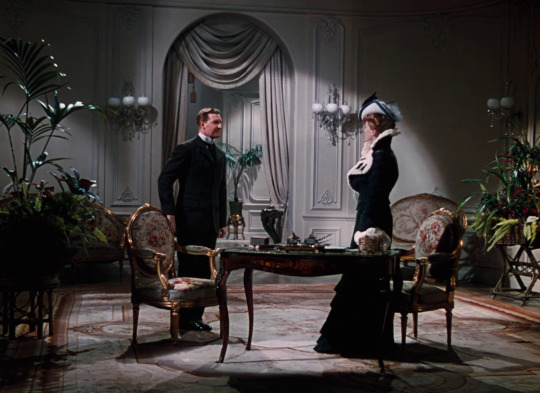
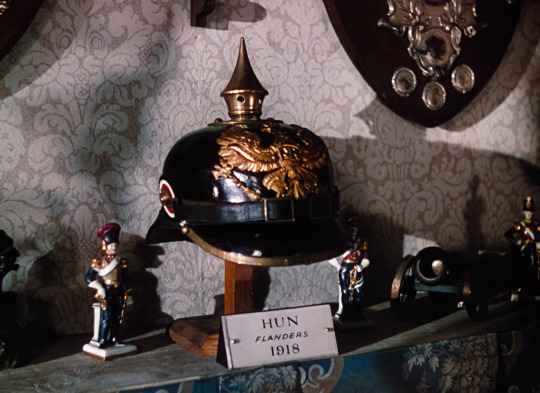
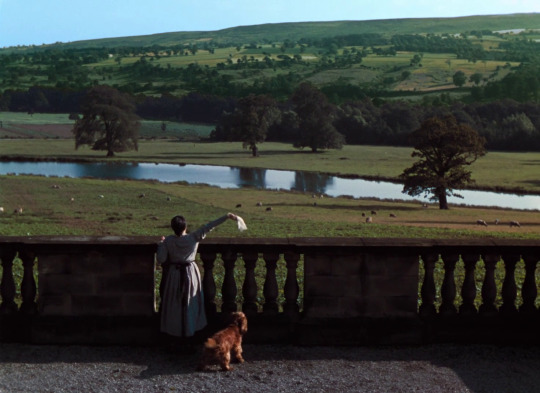
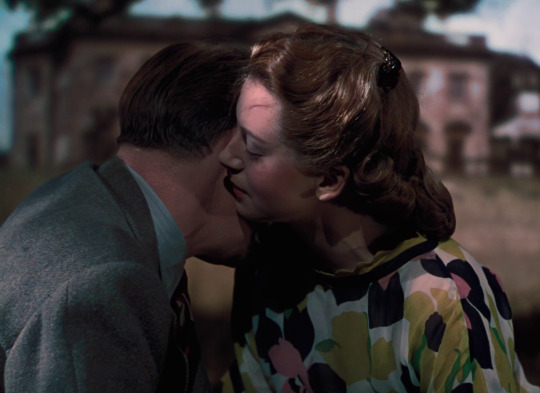


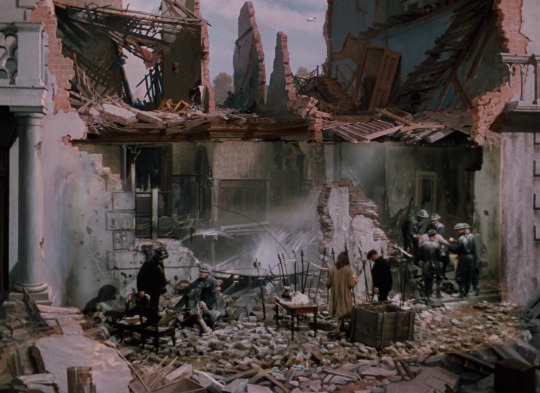

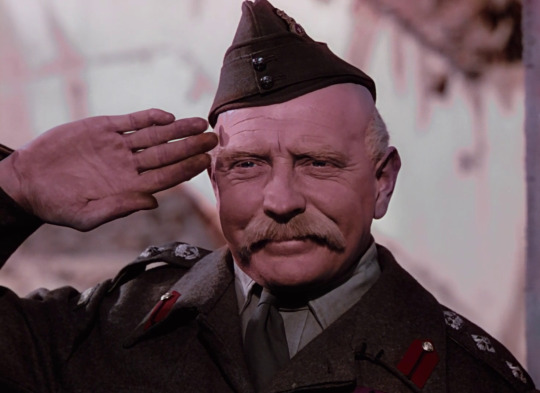
The Life and Death of Colonel Blimp (1943) | dir. Michael Powell, Emeric Pressburger
#the life and death of colonel blimp#michael powell#emeric pressburger#roger livesey#deborah kerr#anton walbrook#films#movies#cinematography#scenery#screencaps
52 notes
·
View notes
Photo
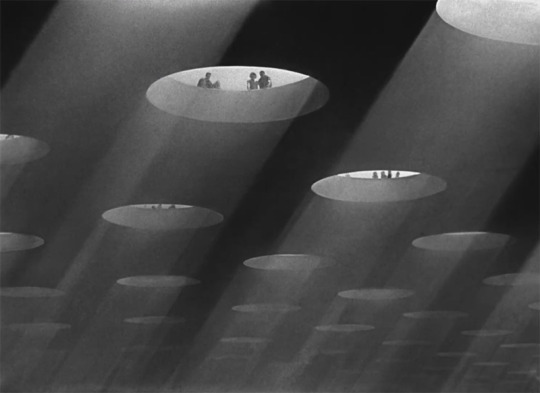

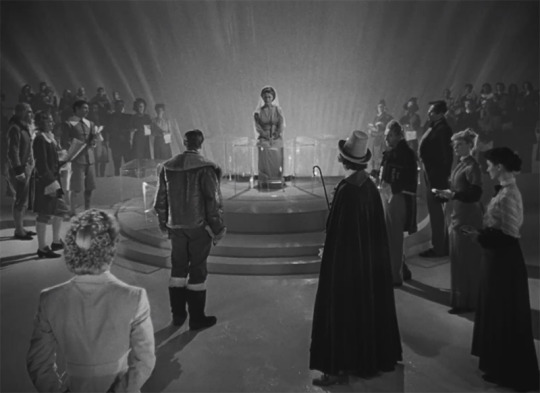
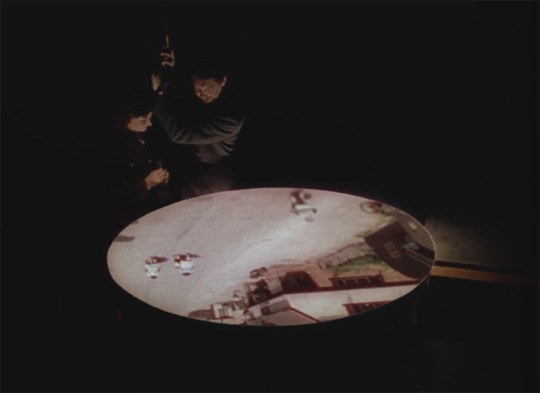
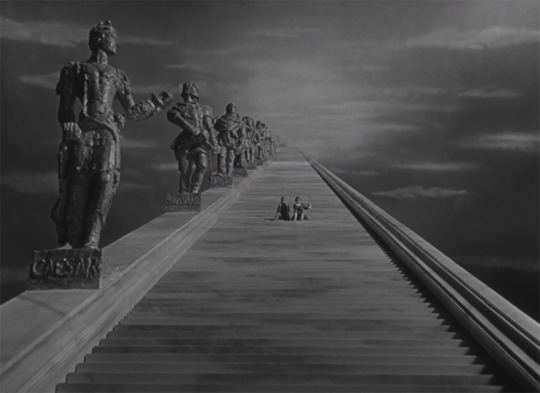





A MATTER OF LIFE AND DEATH (Michael Powell & Emeric Pressburger, 1946)
“A weak mind isn't strong enough to hurt itself. Stupidity has saved many a man from going mad”
#a matter of life and death#stairway to heaven#a vida o muerte#michael powell#emeric pressburger#david niven#kim hunter#roger livesey#raymond massey#abraham sofaer#richard attenborough#kathleen byron#robert coote#marius goring#film#cine
146 notes
·
View notes
Photo


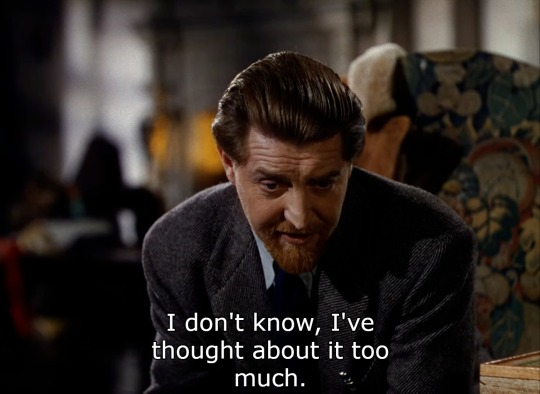
A Matter of Life and Death(1946)
#film#a matter of life and death#stairway to heaven#1946#roger livesey#kim hunter#michael powell#emeric pressburger#powell and pressburger#jack cardiff#40s#vintage#...
84 notes
·
View notes
Text
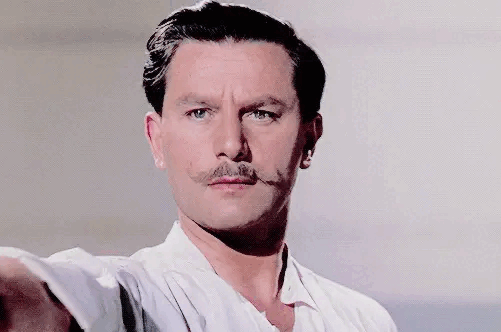
5 notes
·
View notes
Text
It struck me yesterday that
Angela "Johnny" Canon was low-key Elizabeth Windsor and now I can't unsee it...the Queen as the Angel who returns to comfort her fellow imperialists in the twilight of their years, when Prussian and British have far more in common than they ever did against one another.
The rules around fighting was a deliberate theme of the film and the uselessness of rules in the face of total war. This is still a highly relevant film, lads. I'm not even mad that Michael Powell who started to weep with Anton when Clive says he'd stand surety with everything he has...how their friendship which withstands the calamity of them both being in love with the same girl, proves the most real friendship that two men can experience. Is this Mickey speaking with straight as the default? It's hard to say, Mickey made several very gay films that grew increasingly, openly queer (Oh...Rosalinda! and The Elusive Pimpernel being two that come to mind) as he went on but he wasn't thinking about that. He was thinking of his feelings for his friends, especially Deborah Kerr, with whom he was still exchanging Christmas cards. You could hear the flicker of an old torch in his reactions to her which were often unintelligible utterances of delight. Powell's discussion of the deliberateness of Pressburger's 'Angela means angel' speech was that Mickey provided Johnny's sassy "I think it stinks. My friends call me 'Johnny.'" The idea that Johnny is an angel, the literal reincarnation of their wives, was not an idea too surreal for the likes of Powell or Pressburger. It was that Powell made it less overt in Blimp.
In truth, I was hoping for more validation: Clive and Theo is the most important relationship in the film; theirs is the true love story. They wind up together in Canon, etc...
He didn't say any of these things, but this commentary was very awkward and pieced together and Michael Powell was quite emotional watching the film, and he was speaking entirely off the cuff. There was a bittersweet quality to the accolades that came in the 70s and 80s over the Archer's films, as Powell's career's collapsed in 1960 after the backlash over Peeping Tom. (A film I desperately need to rewatch, having last seen it 25 years ago). So I think he was noticing his own work, which he hadn't looked at in decades, restored and being viewed as it was intended. A forgotten/lost masterpiece restored.
#The life and death of colonel blimp#TLADOCB#powell and pressburger#deborah kerr#anton walbrook#roger livesey#michael powell#emeric pressburger
5 notes
·
View notes
Text
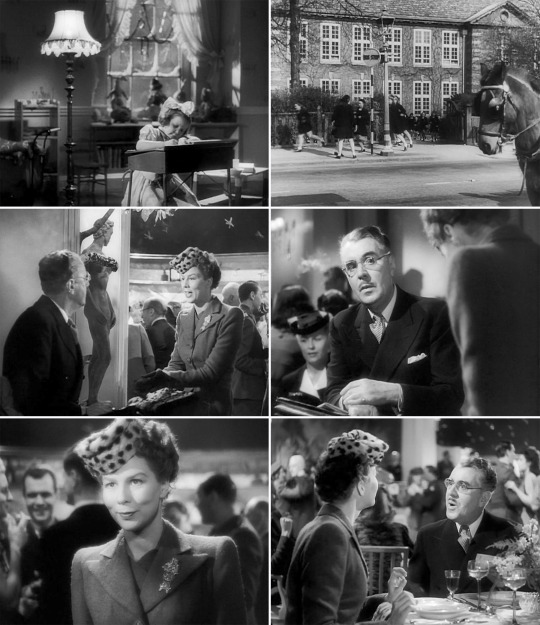


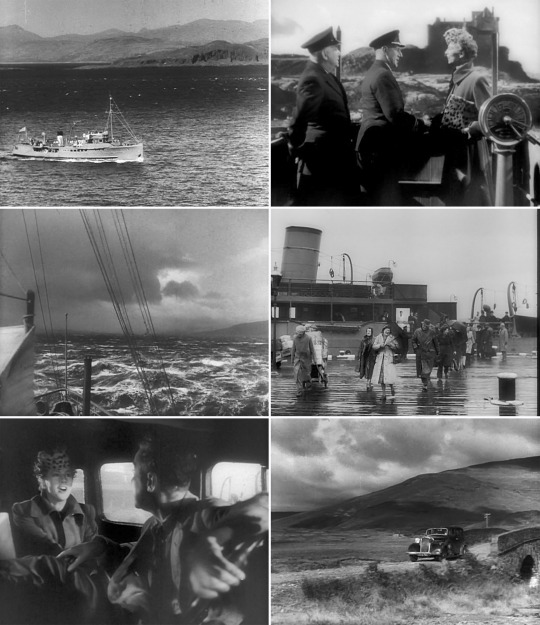
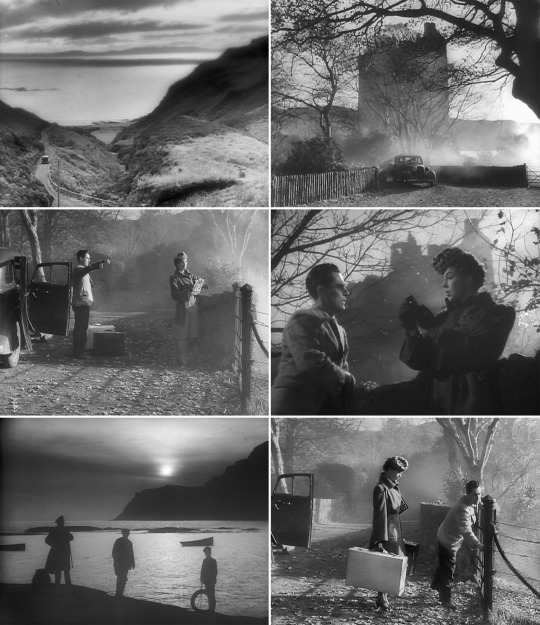
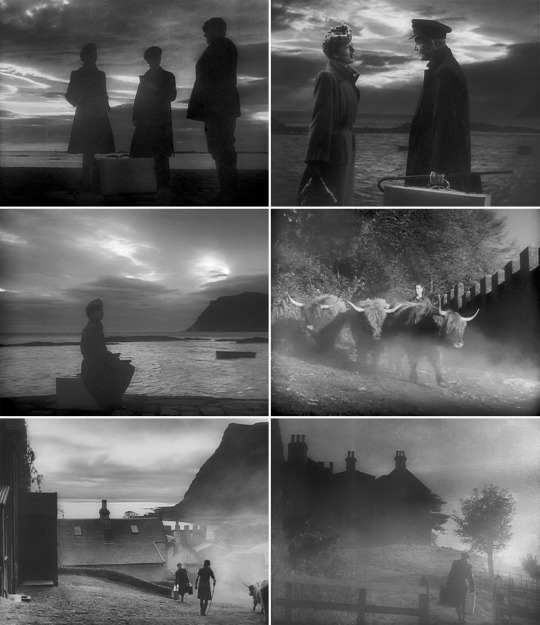
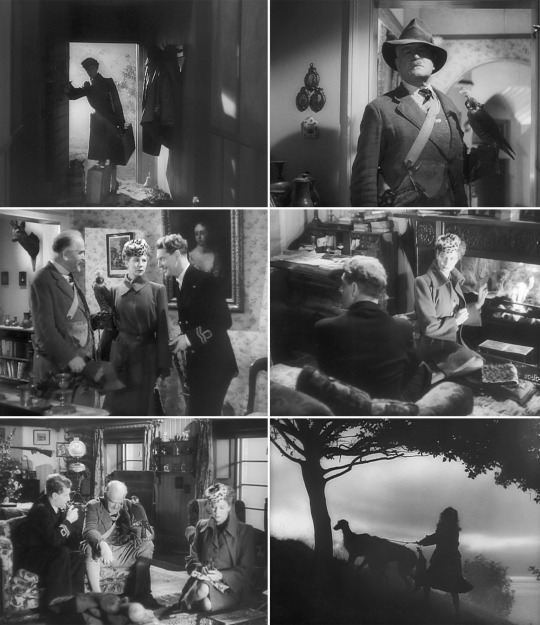


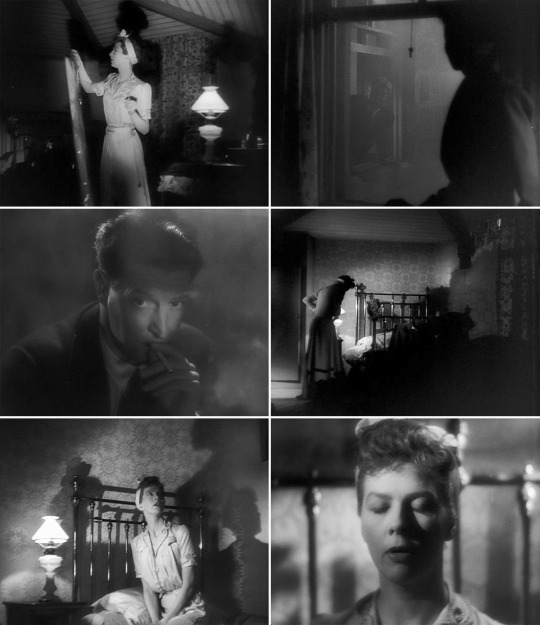
I Know Where I'm Going! is a 1945 romance film stars Wendy Hiller and Roger Livesey, and features Pamela Brown and Finlay Currie.
Part I
#I Know Where I'm Going!#I Know Where I'm Going 1945#I Know Where I'm Going movie#old movies#romantic movies#british movies#scotland#movies set in scotland#hebrides#Wendy Hiller#Roger Livesey
4 notes
·
View notes
Text
youtube
This is an incredible sequence, because they build up the duel SO MUCH and then…don’t show it.
I wanted some of you who said you’d never seen Roger to hear his voice :) It’s amazing.
8 notes
·
View notes
Photo
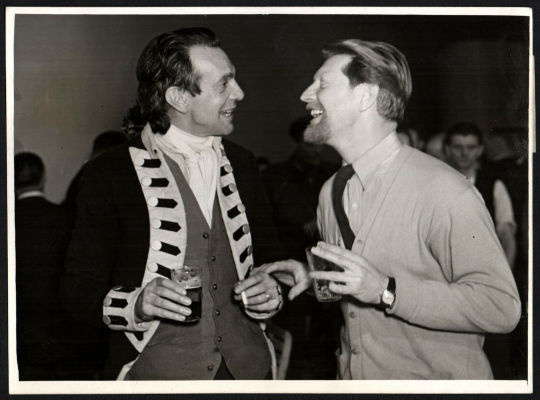
Raymond Massey and Roger Livesey behind the scenes of Powell and Pressburger’s 1946 classic A Matter of Life and Death.
#roger livesey#raymond massey#a matter of life and death#powell and pressburger#1940s#makes me smile
20 notes
·
View notes
Text
Colonel Blimp when he lives & dies idk I'm still not 100% sure what the title means

#the life and death of colonel blimp#powell and pressburger#roger livesey#shitpost#british cinema#trentrambles#2023
6 notes
·
View notes
Photo
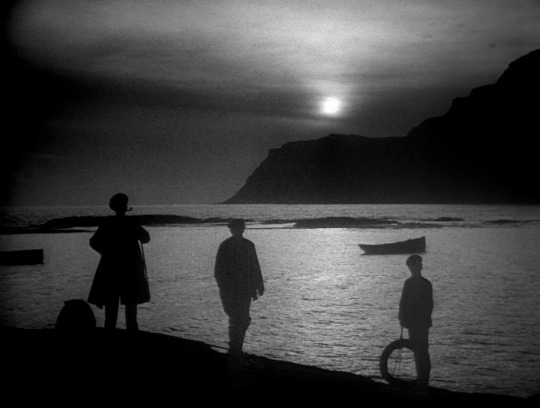
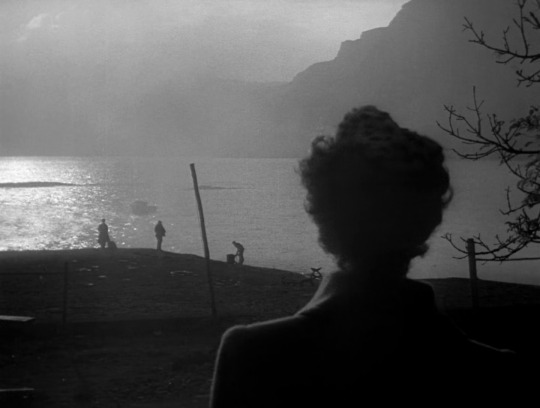

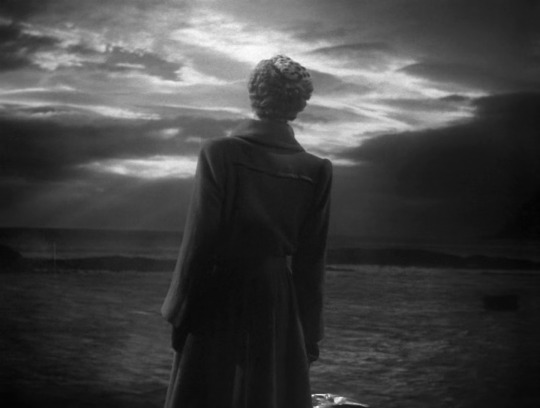
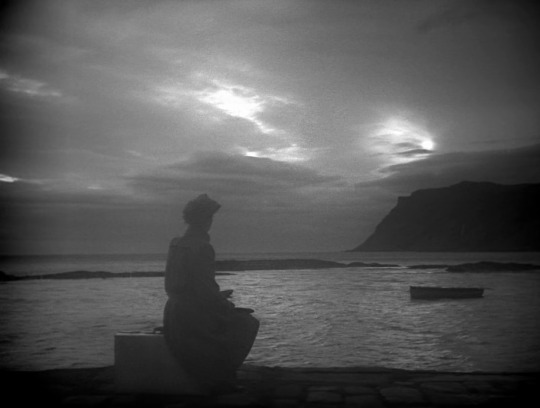


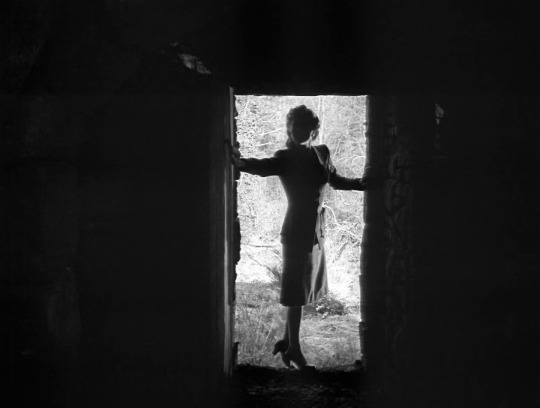


I Know Where I'm Going! (Michael Powell & Emeric Pressburger, 1945)
#I Know Where I'm Going!#I Know Where I'm Going#Michael Powell#1945#black and white#shadows#long shot#powell and pressburger#Emeric Pressburger#Powell & Pressburger#Pressburger#Wendy Hiller#Roger Livesey#sea#water#dogs#Powell#back#faceless#clouds
275 notes
·
View notes
Text
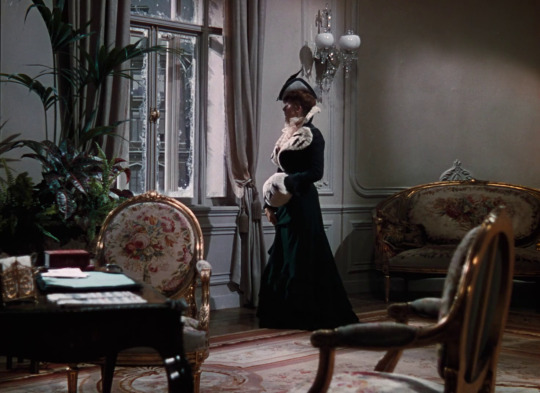
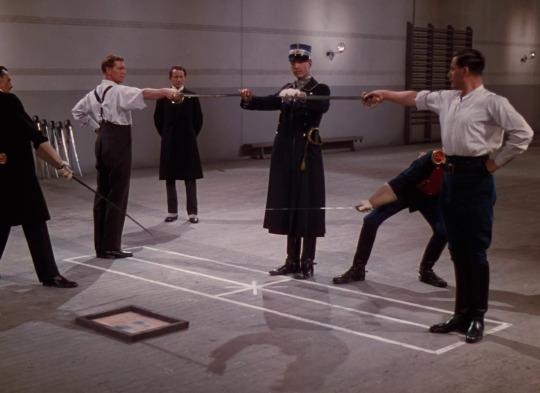







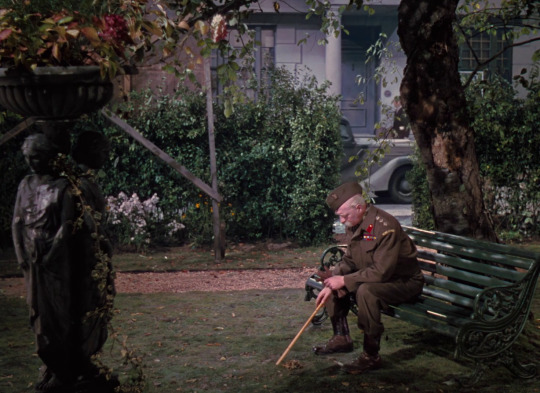
The Life and Death of Colonel Blimp (1943) | dir. Michael Powell, Emeric Pressburger
#the life and death of colonel blimp#michael powell#emeric pressburger#roger livesey#deborah kerr#anton walbrook#films#movies#cinematography#scenery#screencaps
136 notes
·
View notes
Photo

I Know Where I’m Going! (1945)
If not for World War II, Michael Powell and Emeric Pressburger might not have made I Know Where I’m Going! Looking to film a high-concept Technicolor feature that eventually became A Matter of Life and Death (1946; AKA Stairway to Heaven), the duo encountered trouble when they learned that almost every Technicolor camera in non-occupied Western Europe was being used to make Allied military training films. So while biding their time, they looked to film a story that Pressburger pounded out on his typewriter in four days. Originally known as The Misty Island, I Know Where I’m Going! is a poignant romance containing dollops of comedy, Scottish folklore, and traces of adventure. Aided by the misty oceanic landscapes and two subtle (but worthy) central performances, this movie from the Archers (the production company for Powell and Pressburger, but also a nickname for the two) balances its earthiness and mysticism to form an effective romantic drama.
After a narrated prologue/opening credits fast forwarding through the first twenty-five years of her life, the Mancunian woman Joan Webster (Wendy Hiller) departs home to the Hebrides in order to marry industrialist Sir Robert Bellinger (voiced by Norman Shelley). Joan has never met the much older Sir Bellinger, who lives on the fictional Isle of Kiloran. A multipart journey involving trains and boats takes place – all on time, exactly as Sir Bellinger’s travel itinerary has laid out for Joan. Following a fascinating montage travel scene thanks to editor John Seabourne, Sr. (1943’s The Life and Death of Colonel Blimp, 1957’s A King in New York), Joan arrives at her final stop before the boat to Kiloran – the Isle of Mull. There, Joan finally has a delay in her travel schedule. Inclement weather for the next few days will make passage impossible. There, she meets Royal Navy officer Torquil MacNeil (Roger Livesey), who is on leave from the service. The two stay the night at a friend of Torquil’s, Catriona Potts (Pamela Brown), and her overeager Irish Wolfhounds. Joan soon learns that Torquil is the Laird of Kiloran and – with the poor conditions not improving – he gladly shows Joan many of the locals and sights. Gradually, Joan’s emotional walls crumble, leaving her making a choice unanticipated and uncharacteristic.
The colorful cast of supporting actors include C.W.R. Knight as the falconer Colonel Barnstaple, Finlay Currie as the sailor Ruairidh Mhór, George Carney as Joan’s father, Nancy Price as Mrs. Crozier, and Catherine Lacey as the busybody Mrs. Robinson. Thirteen-year-old Petula Clark is Cheril, the Robinsons’ daughter.
youtube
How in the world did Pressburger type out this screenplay (the writing credit also goes to Powell) in a few days? The Archers came into pre-production knowing what sort of story they wished to tell. Intending to carry over the anti-materialist messages from their previous film – 1944’s A Canterbury Tale – they juxtapose constantly the idea of Joan’s idea of marrying a rich husband with the poor and working-class background of the Isle of Mull’s residents. The origins of Joan’s affluent tastes, established in the opening sequence over the opening credits, are never fully explained. Is it a legacy of living in extremely class-conscious early 20th century England? Perhaps a coping mechanism or compensating for some personal shortcoming? Whatever it is, it makes Joan’s progression as a character and the climactic decisions of the film feel less believable than they should be. This is, for me, the glaring hole in an otherwise fine screenplay from the Archers. The superb performances from Hiller and Livesey almost remedy my qualms here.
And what performances they deliver. Wendy Hiller had been primarily a stage actress by the time she made a leap into the movies. The second film she made was the 1938 adaptation of George Bernard Shaw’s Pygmalion, in which she played Eliza Doolittle. She became the first British actress to receive an Academy Award acting nomination in a British movie as a result. With her stock on the rise and looking forward to working with her, Powell and Pressburger signed her up to play the female lead in The Life and Death of Colonel Blimp. But her second pregnancy forced her to step away from the production, leaving that role to Deborah Kerr. In I Know Where I’m Going!, Hiller has to exercise restraint for almost all of this film. As much as I criticized the on-paper believability of the Joan and Torquil’s developing relationship in the preceding paragraph, Hiller does her darndest to sell it. Her initial indifference to Scotland’s charms wears down as she contemplates her situation and begins to accept the slower pace of life far from the comfortable trappings of middle-class Manchester.
It takes a second performance to make all this work, and Roger Livesey does so ably. Livesey is no Laurence Olivier or Leslie Howard in terms of conventional handsomeness, but he terrifically complements Hiller in their moments together. Patient and kind to the Englishwoman who initially thinks little of the people and the places surrounding her, Torquil is no foil to Joan (this is not exactly an attraction of opposites), but their upbringings and views of tradition are markedly different. Livesey portrays this difference well in his vocal inflections and his bemused facial acting. Most viewers might not notice, but despite I Know Where I’m Going! being shot mostly on-location, Livesey never left London during production. Livesey was part of a play in London’s West End, and that production’s producers would not allow him to leave for Scotland to take part in the on-location shooting. So, for any exterior scenes in this film, Hiller is interacting with a body double. Look closer and you will notice that Livesey is always shot in close-up whenever the film’s narrative is outdoors.
By the time Pressburger completed the screenplay and filming began in the second half of 1944, Allied victory in Europe seemed to be drawing near. After several years of war – at times unsure whether the United Kingdom might survive the Axis onslaught – thoughts inevitably turned to what life might be like again once the guns fell silent. British social changes during wartime, whether by popular practice or by Parliamentary law, led the average British person to believe in a postwar society less class-conscious and economically fairer for all. We never see Sir Roger Bellinger in I Know Where I’m Going!, but there are implications he has profited from fueling the Allied war machine. There are other hints that Sir Bellinger is unaware of how his less wealthier neighbors act, that he is lacking the social etiquette and consciousness to interact with anybody outside his stratified circles (see: his manner of speech while speaking over the radio and his overly detailed itinerary for Joan regarding the trip from Manchester to Kiloran).
Meanwhile, the residents on the Isle of Mull are uniformly depicted as free-wheeling, fun-loving, and content with the human companionship and natural beauty – shot beautifully by cinematographer Erwin Hillier, who often was instructed by Powell to suspend shooting if the sky was too clear, and to wait until some clouds dotted the landscape – they have. The war is far from their concerns (the only explicit mention of WWII in the film might be that Torquil is on leave from the Royal Navy), almost as if it was not happening at all. The philosophies driving the violent on continental Europe and those spoken through the halls in Westminster seem as faraway as Shangri-La in Frank Capra’s Lost Horizon (1937). In place of the economics and politics of war, Gaelic dialogue, legends, and song fill the time as the isle’s residents go about their self-sufficient livelihoods.
Though, in terms of chronology, I Know Where I’m Going! takes place during WWII, it feels like the Archers’ first postbellum film. From 49th Parallel (1941) to The Life and Death of Colonel Blimp to the preceding A Canterbury Tale, the duo’s entire filmography by this point was rife with propaganda or propaganda-adjacent work (The Life and Death of Colonel Blimp is an exception, but it is heavily defined by three separate periods of British wartime). Taken in conjunction with Joan’s romantic second-guessing, I Know Where I’m Going! advocates for the needs of the heart from the moment Joan steps foot in Scotland. More broadly, it expresses hope that Britons can hold fast to more egalitarian principles once World War II concludes.
Michael Powell and Emeric Pressburger’s Technicolor expressionism as seen in A Matter of Life and Death, The Red Shoes (1948), and The Tales of Hoffmann (1951) was not yet in evidence. That would come only with greater artistic freedom, British audiences being able to separate their reputations from their earlier wartime work, and greater funds for those later works. The duo’s artistic vision, however, is without question in I Know Where I’m Going! The scene depicting the Corryvreckan whirlpool is stunning visual effects work (inspired by Moses’ parting of the Red Sea in Cecil B. DeMille’s original 1923 silent version of The Ten Commandments), in addition to the expressive lighting and cinematography of the exterior Scottish scenes.
On the other side of the Atlantic, I Know Where I’m Going! was no financial blockbuster, but it was a commercial and critical success in America. Some time after its release, Powell and Pressburger learned that I Know Where I’m Going! was shown to contracted writers at Paramount Pictures to exemplify, “how a perfect screenplay should be constructed.” Now, there might be no such thing as a “perfect” screenplay – and I hardly think I Know Where I’m Going! is close to that conversation if there is one – but it is certainly an inspired choice to teach screenwriters how to structure their narratives, appropriate places for narration, and how to build a relationship between two characters (which still requires some assistance from the actors).
In the years after making I Know Where I’m Going!, Powell deemed the film the “sweetest” he ever made with Pressburger. The down-to-earth humor and affection for the land and its people is always apparent, a quieter work amid the din of a war near its end. Through Joan and Torquil, the Archers express a social ideal unimaginable for many Britons even decades prior to this film’s release. Amid their many other works with war at the forefront, I Know Where I’m Going! lays bare its aspirations of life simply lived, the only sort of life worth living.
My rating: 8/10
^ Based on my personal imdb rating. My interpretation of that ratings system can be found in the “Ratings system” page on my blog (as of July 1, 2020, tumblr is not permitting certain posts with links to appear on tag pages, so I cannot provide the URL).
For more of my reviews tagged “My Movie Odyssey”, check out the tag of the same name on my blog.
#I Know Where I'm Going#I Know Where I'm Going!#Michael Powell#Emeric Pressburger#Powell and Pressburger#The Archers#Wendy Hiller#Roger Livesey#Pamela Brown#Finlay Currie#George Carney#Nancy Price#Catherine Lacey#Erwin Hiller#John Seabourne Sr.#TCM#My Movie Odyssey
9 notes
·
View notes
Photo





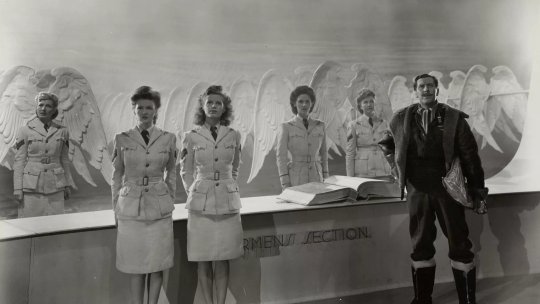




A Matter of Life and Death (Stairway to Heaven) (1946) Michael Powell and Emeric Pressburger
December 26th 2022
#a matter of life and death#stairway to heaven#1946#michael powell#emeric pressburger#david niven#kim hunter#marius goring#roger livesey#robert coote#kathleen byron#raymond massey#joan maude#abraham sofaer#edwin max#richard attenborough#lois maxwell#john longden#powell and pressburger#the archers#favourite
13 notes
·
View notes